Arctic Skua
The Arctic Skua, also known as the ‘parasitic jaeger’, has adapted to some of the planet’s most challenging environments with its streamlined shape, agile flight, and bold behavior.
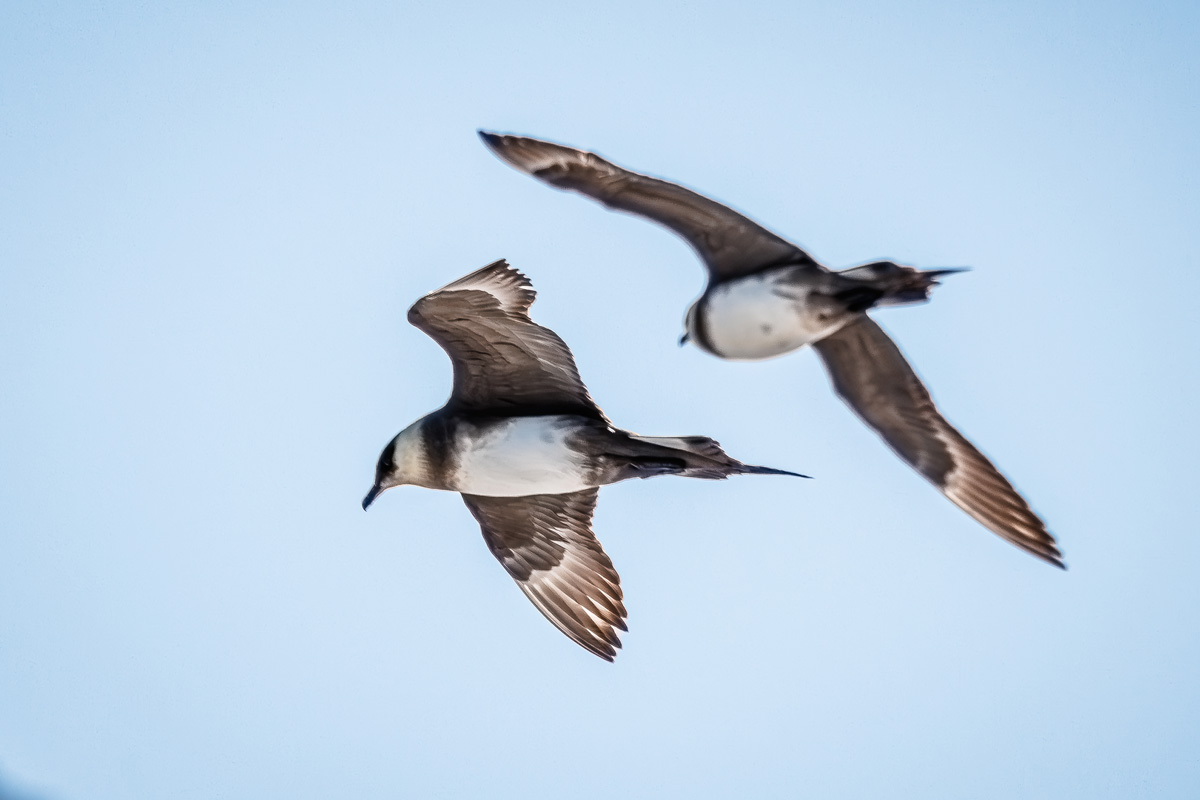
Arctic skuas are also known as ‘parasitic jaegers’, ‘parasitic skuas’, ‘Arctic jaegers’ or the ‘pirates of the sea’
Arctic Skua Quick Overview
| Scientific Name | Stercorarius parasiticus |
| Population | Estimated close to 500,000 globally |
| Regions | Arctic and sub-Arctic during breeding season; migrates to Southern oceans during winter |
| Destinations | Iceland, Canada, Jan Mayen, Svalbard, Greenland, Denmark, France, Norway, Spain, Portugal, England, Scotland, Southern Ocean (non-breeding) |
| Average Length | ~0.46 m (1.5 ft) |
| Average Weight | ~0.475 kg (1.05 lbs) |
| Diet Habits | Primarily kleptoparasitic – steals food from other birds; also hunts small birds, fish, and insects |
Questions Guests Ask About the Arctic Skua
Where Do They Live?
Besides having ‘Arctic’ in its main name, this mid-sized bird is a species that our guests ccould even spot while in the Southern Ocean. They spend most of their time flying above the oceans during migration. In the Northern Hemisphere, they can be found in both the Arctic and sub-Arctic tundra regions across Iceland, Svalbard, Greenland, and northern Canada. During the non-breeding season, this bird migrates to the Southern Ocean, where it can occasionally be seen at sea.
What Does the Arctic Skua Eat?
Their diet mainly consists of fish, small birds, and insects. However, they are best known for kleptoparasitism – stealing food from other seabirds in mid-air. They aggressively chase these birds, such as terns, gulls, and puffins, forcing them to drop their food so they can steal it. This daring behaviour has earned them the names “parasitic jaeger” and “pirates of the sea”.
What Are the Biggest Threats to the Arctic Skua?
Major threats to this bird include climate change impacting the Arctic breeding grounds, predation by Arctic foxes, primarily targeting eggs and chicks, and habitat disturbances caused by human activities. Additionally, changes in prey availability and marine pollution are rising concerns for the Arctic skua.
How Fast Is an Arctic Skua?
To steal food from other animals, they need to be quick. The Arctic Skua in flight is incredibly agile and swift, capable of reaching speeds of 50 kph (31 mph) with wings that measure up to 125 cm (4.1 ft).
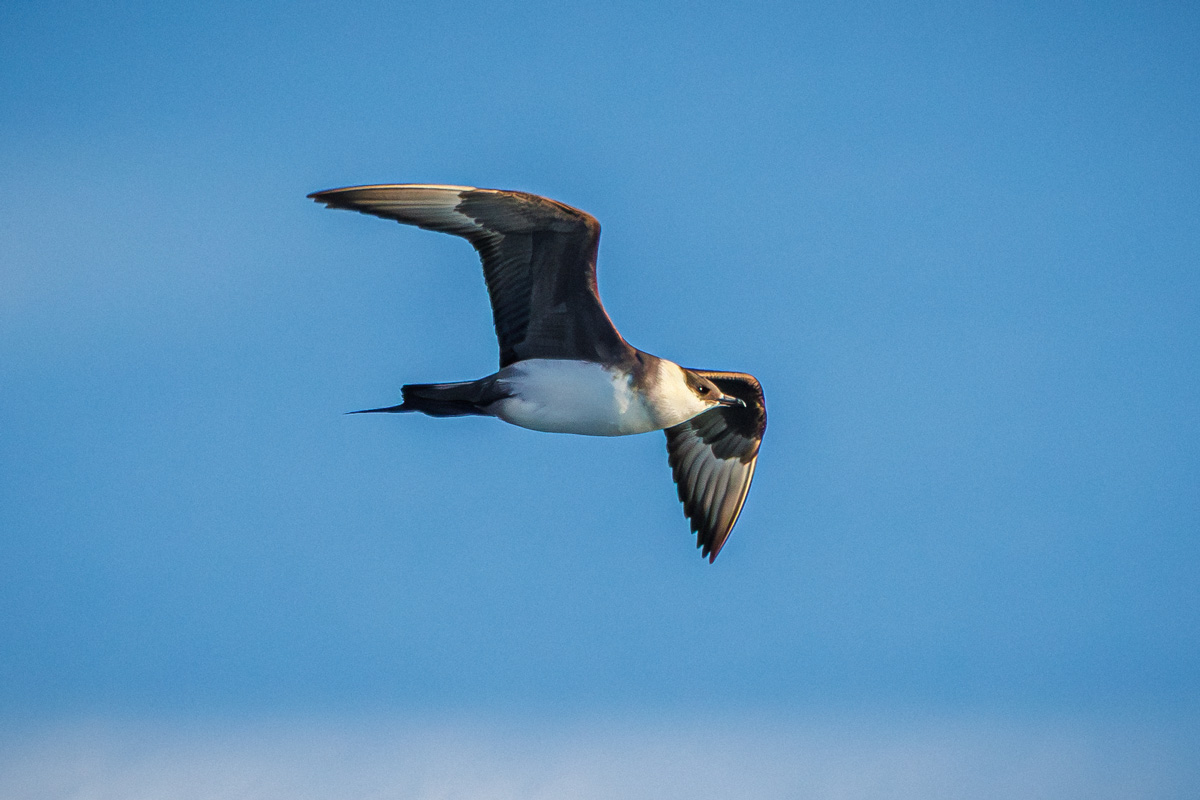
They usually lay two eggs, with incubation undertaken by both sexes.
How Many of These 10 Arctic Skua Facts Did You Already Know?
- They do not have bars on the upper side of their wings.
- The expected length of the central tail feathers ranges from 7-8 cm.
- These birds can be found in two colour varieties: light and dark.
- Both males and females look the same.
- Arctic skuas’ summer look includes a dark cap and white underpart.
- Young skuas take 3–4 years to develop their adult feathers.
- Juvenile Arctic skuas have barred necks and mottled bellies.
- Dark morphs of Arctic skuas are more common in the southern part of their range.
- Light morphs of Arctic skuas dominate the northern Arctic regions.
- Some adaptations of these birds include quick flight and food-stealing abilities for survival.
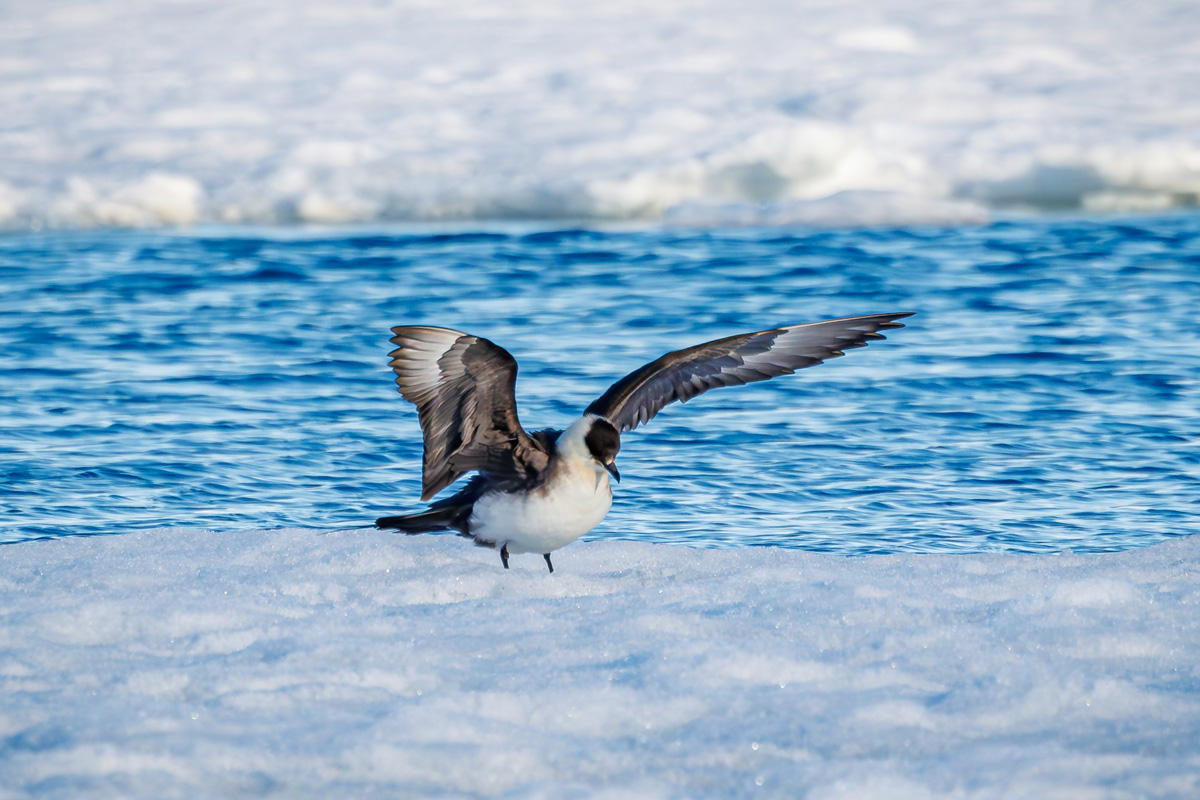
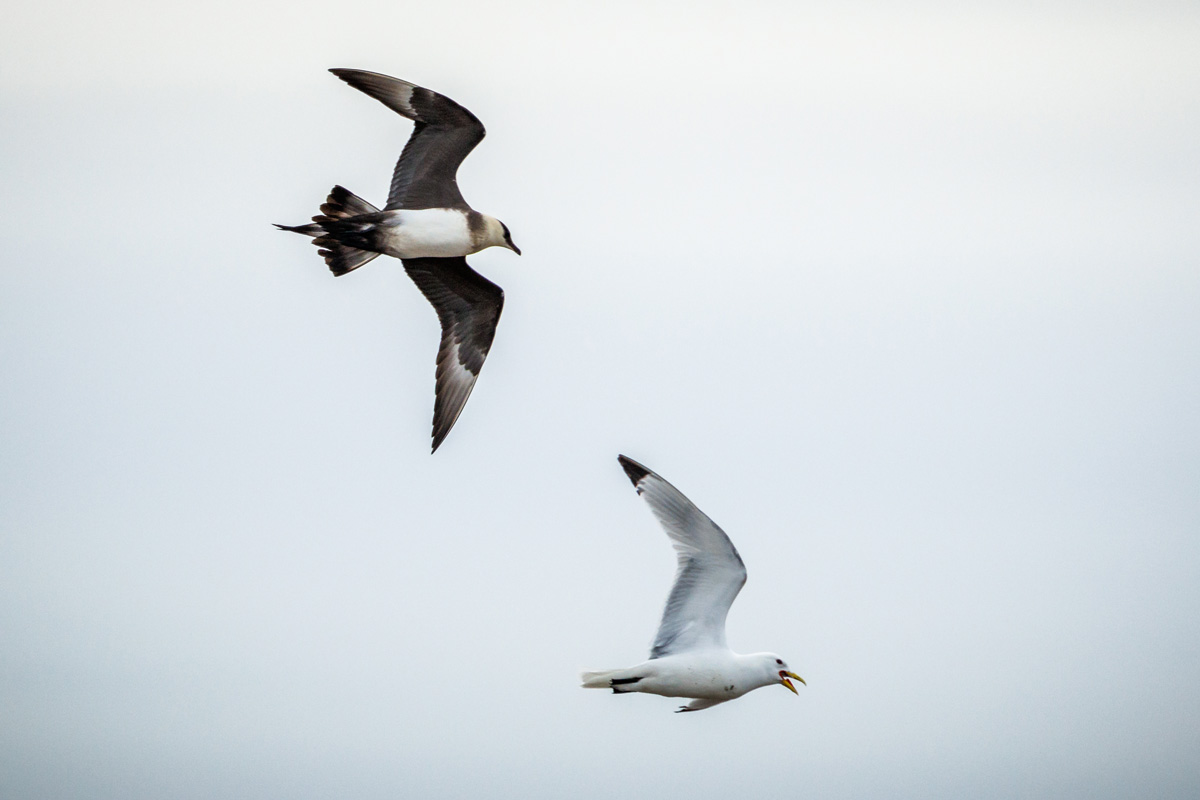
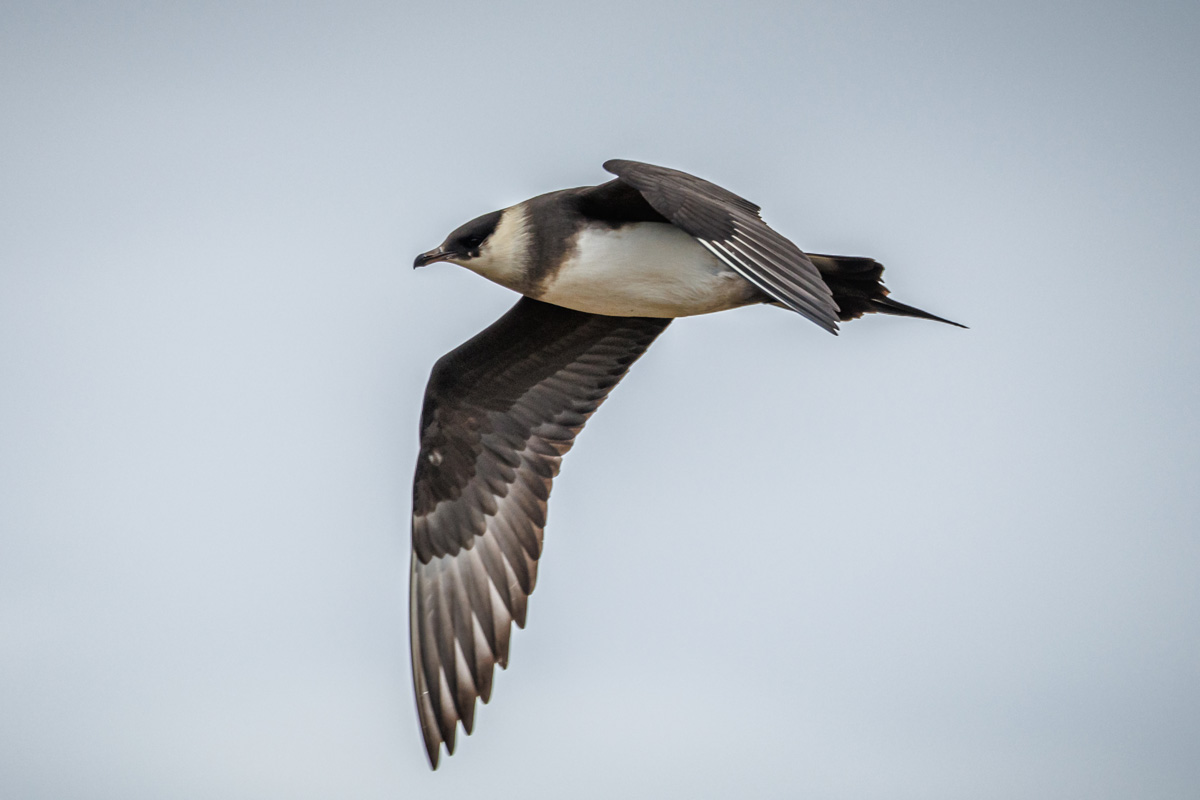
Want to see the Arctic Skua for yourself?
Reach out to our team to learn more about our voyages any time!
